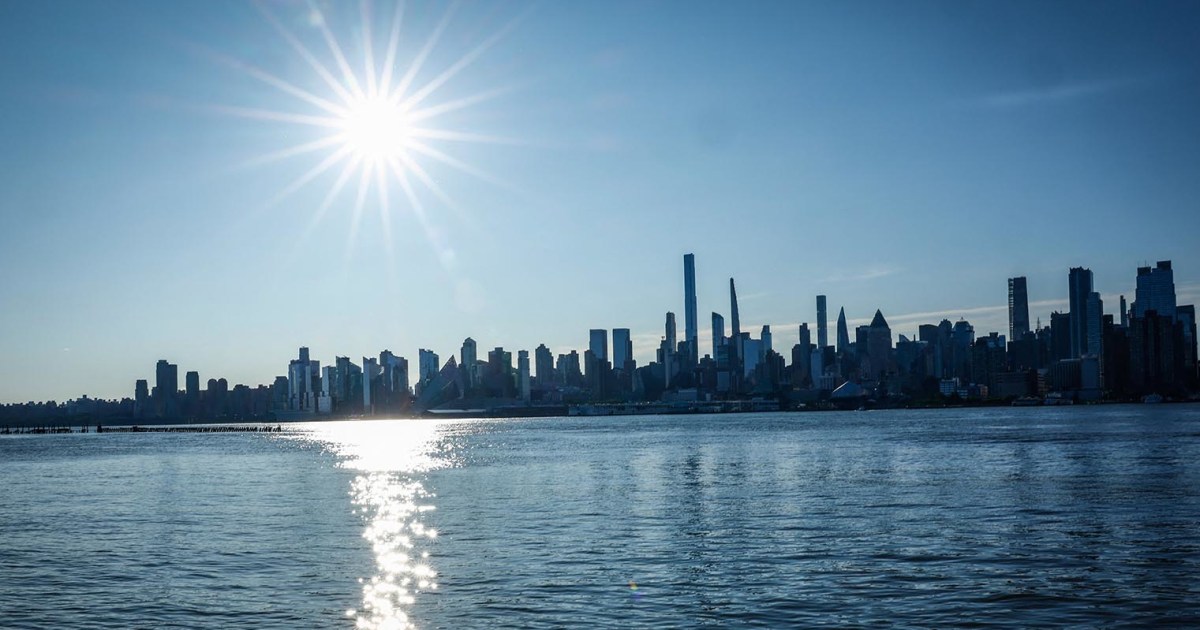Severe Weather and Heat Wave Alerts Issued for Ohio Valley and Beyond
Severe weather, including tornadoes and heat waves, is impacting over 40 million people in the U.S., prompting health warnings and safety tips.
Subscribe to unlock this story
We really don't like cutting you off, but you've reached your monthly limit. At just $5/month, subscriptions are how we keep this project going. Start your free 7-day trial today!
Get StartedHave an account? Sign in
Overview
- Severe weather is predicted in the Ohio Valley, Midwest, and western New England, with tornadoes and damaging winds expected.
- Over 40 million people are under heat alerts, with triple-digit temperatures forecasted in major cities like New York and Washington.
- Health officials are warning about the risks of heat waves, especially for vulnerable populations, and are providing tips for staying cool.
- Communities are establishing cooling centers to help residents cope with extreme heat, as no federal heat protection rules exist for workers.
- Meteorologists are closely monitoring the situation, issuing warnings, and emphasizing the impact of climate change on worsening heat waves.
Report issue

Read both sides in 5 minutes each day
Analysis
Center-leaning sources emphasize the urgency and health risks associated with extreme heat, framing climate change as a significant factor. They highlight the lack of federal protections for vulnerable populations and suggest community responses, reflecting a concern for public safety and a call for action amidst worsening environmental conditions.
Articles (8)
Center (4)
FAQ
The Ohio Valley and nearby areas are expected to experience severe weather including tornadoes and damaging winds, with recent reports indicating tornadoes of EF-0 to EF-2 strength have occurred, with peak winds ranging from 70 to 115 mph.
Over 40 million people in the U.S. are under heat alerts, with major cities such as New York and Washington expected to experience triple-digit temperatures.
Health officials warn that heat waves pose serious risks, especially to vulnerable populations, and recommend staying cool through hydration, avoiding strenuous outdoor activities during peak heat, and utilizing cooling centers.
Communities are setting up cooling centers to provide relief from extreme heat, but currently there are no federal heat protection regulations specifically for workers.
Meteorologists emphasize that climate change is contributing to the worsening of heat waves and potentially more intense severe weather events such as tornadoes and damaging winds.
History
- 5M

 3 articles
3 articles






